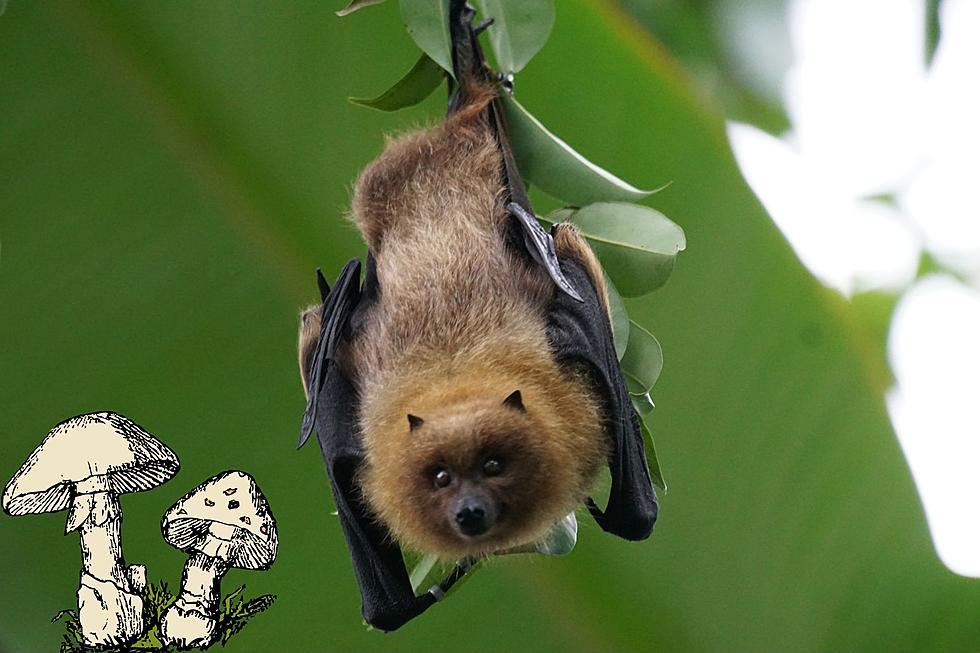
Deadly Fungus Found Where Montana’s Bats Thrive
A disease that is putting the bat population of Montana at risk is spreading through caves of the Rockies in the form of a fungus.
Montana Fish, Wildlife and Parks reported on July 18 that a survey conducted in Lick Creek Cave, about an hour south of Great Falls, brought to light a fungus that is known to cause white-nose syndrome in bats.
How bad is the spread?
According to the release, the disease has taken the lives of over 6 million bats on the continent since 2006. Montana hasn’t had the fungus for long, though—it was first discovered in the state in 2020.
Montana has 15 different species of bats. All of them are susceptible to the fungal disease.
Shannon Hilty, FWP nongame wildlife biologist, said that bats living in caves where the deadly fungus is found usually come down with the disease within a year of the fungi’s discovery.
For now, “We did not see the fungus associated with white-nose syndrome on the bats in Lick Creek Cave,” Hilty said. She said the cave will be surveyed again next year to track any changes in the bat population.
What does WNS do?
While bats have been given a scary reputation from Halloween movies and products, bats are crucial to the ecosystem of Montana. In fact, the tiny, flying creatures can eat 1,200 mosquitoes in an hour, according to FWP nongame wildlife bureau chief Kristina Smucker.
Keeping those insects at bay, bats protect both our skin and the crops we rely on for food from even more bug bites.
“We don’t yet have a good understanding of how bat populations will be affected by WNS in Montana,” Smucker said. What is known about the disease is the damage it can cause to hibernating bats.
When the cold-loving fungus infests caves housing bats, it can cause the fungus to grow on bats’ wings while they are hibernating. As a result, the bats become irritated and dehydrated. When they are irritated, they become more active, spending their energy reserves much more quickly than their hibernating bodies can handle, according to FWP's release.
Ultimately, bats infected with WNS usually die.
How you can protect Montana’s bats
FWP said in their release that the best way for the public to help prevent the spread of this disease is to make sure people who are recreating outdoors remove mud and dirt from their boots and other gear before trekking to another place. Keeping gear clean can help ensure the fungus is not being moved to other caves.
Additionally, if you happen to see an injured bat, don’t handle it with your hands! Instead, contact your local FWP. If you’re near a cave, they may want to study the bat to see if it has the disease.
You can even take steps to support the local bat population in your backyard. Consider installing a bat box, which provides a protected habitat for bats to hibernate. If you live near Missoula’s rivers, your bat box is likely to be utilized heavily, as bats are attracted to the bugs that are present near water.
For inspiration, you can visit the bat box on the University of Montana’s campus. It was built by Solomon Ziegert and is said to be able to hold over a thousand bats. For a bat-tastic road trip, you can head up to Lincoln to see the Sculptures of the Wild. There, you will find several raised bat boxes among the artworks. Nature is art, too!
And if the heat is keeping you inside, you can watch bats online, any time of day. Watch the bat cams and learn more about how to conserve bat habitats all over the world here!
You Know You're a Montanan If You Can End These With 'In the Woods'


